Managing the Four-Generation Workforce in 2025
As the workforce continues to evolve in 2025, one of the most significant challenges employers will face is managing a multi-generational team.
With people from four distinct generations working together—Baby Boomers, Generation X, Millennials (Gen Y), and Generation Z—the workplace is a dynamic melting pot of different values, communication styles, and work habits.
According to recent studies, 70% of organisations believe that managing multi-generational teams is essential to long-term business success. However, only 40% have a strategy in place to address these complexities.
With varying communication styles, technology preferences, and career expectations, businesses often find themselves struggling to align organisational goals with employee satisfaction and productivity.
In 2025, this diverse mix is likely to be even more pronounced, and employers must find ways to navigate this complexity effectively. But with the right strategies, managing a multi-generational workforce can also become one of the greatest opportunities to drive innovation, enhance productivity, and create a more inclusive culture.
The characteristics of each generation
It’s important to understand the characteristics of each generation:
- Baby Boomers (born 1946–1964): Known for their strong work ethic, loyalty, and experience, Baby Boomers often have a more traditional approach to work. They value face-to-face communication and tend to prefer structured, stable work environments.
- Generation X (born 1965–1980): Often seen as independent, resourceful, and adaptable, Gen Xers are known for their pragmatism and tech-savviness. They balance work and life effectively and appreciate flexibility and work-life integration.
- Millennials (born 1981–1996): Millennials are typically seen as digital natives, entrepreneurial, and purpose-driven. They seek meaning in their work, crave feedback, and tend to prioritise flexibility, collaboration, and career development.
- Generation Z (born 1997–2012): The youngest group in the workforce, Gen Z is highly tech-savvy, values diversity and inclusion, and thrives in fast-paced, innovative environments. They are also more financially conscious and driven by a desire for social impact in their work.
Each of these groups has its own unique perspectives and preferences, which can sometimes lead to friction, but it also presents an opportunity for synergy when harnessed correctly.
The challenges of a multi-generational workforce
- Communication styles: Each generation has its own preferred communication style. Baby Boomers may prefer face-to-face or phone conversations, while Millennials and Gen Z often favour digital communication via email, chat, or social media. Miscommunication can arise if these preferences aren’t considered.
- Different work styles: Baby Boomers tend to value loyalty and long-term commitment to an organisation, while Millennials and Gen Z are more likely to prioritise job satisfaction and career development opportunities. Gen Xers often strive for work-life balance and autonomy. These varying approaches can lead to misunderstandings regarding expectations, work ethic, and job loyalty.
- Technological gaps: While Baby Boomers may not be as comfortable with emerging technologies as younger generations, they bring a wealth of experience and institutional knowledge. On the other hand, Gen Z and Millennials are digital natives who are often eager to adopt new technologies, which may sometimes leave older generations feeling overwhelmed or out of the loop.
- Conflicting expectations of leadership and career development: Each generation has different expectations of leadership styles and career advancement. Baby Boomers often appreciate a more hierarchical leadership approach, while Millennials and Gen Z tend to prefer more democratic, feedback-driven environments.
Strategies for managing today’s multi-generational workforce
- Embrace flexible communication: To bridge communication gaps, it’s important to embrace a variety of communication methods. For example, use digital communication tools like Microsoft Teams for quick, informal conversations and provide face-to-face meetings or phone calls for more in-depth discussions. Regularly check in with employees through both formal feedback systems (like performance reviews) and informal channels to ensure alignment and address any concerns promptly.
- Foster cross-generational mentorship: Creating a mentorship program where employees from different generations can learn from one another can be incredibly effective. For instance, Baby Boomers and Gen Xers can share their industry expertise and knowledge with younger generations, while Millennials and Gen Z can offer insights into new technologies and digital trends. This fosters mutual respect and creates a learning culture where everyone benefits from the experience and skill sets of others.
- Offer flexible work options: Different generations have varying preferences for work schedules. While Baby Boomers may be more accustomed to traditional 9-to-5 work hours, Millennials and Gen Z are likely to value flexible working hours, remote work, and work-life balance. Offering hybrid work models or flexible schedules can help meet these diverse needs and create an environment where all employees feel valued.
- Provide continuous learning and career development: Investing in professional development programs is key to keeping all employees engaged and motivated, regardless of their generation. Older workers might be interested in upskilling in areas like technology, while younger generations might seek mentorship, leadership development, and career growth opportunities. Offering a range of training programs—both technical and soft skills—will ensure that all employees feel supported in their career progression.
- Promote an inclusive and collaborative culture: Inclusivity is crucial in a multi-generational workforce. By creating an environment that values the diverse experiences, perspectives, and strengths of each generation, you promote collaboration and innovation. Organise team-building activities, encourage knowledge-sharing, and cultivate a sense of unity. Generations working together in a collaborative environment often leads to increased creativity and better problem-solving capabilities.
- Adapt leadership styles: Effective leadership in a multi-generational workforce means adapting your style to accommodate different preferences. Some employees may prefer a hands-on, directive leadership approach, while others thrive with autonomy and regular feedback. Training managers to identify these differences and adjust their leadership techniques accordingly can help increase employee engagement and reduce friction.
- Focus on shared goals and purpose: At the end of the day, all employees—regardless of generation—want to feel that their work contributes to the organisation’s success. By aligning the workforce around a shared purpose, such as company values, mission, and goals, employers can help bridge generational divides. When employees feel connected to the bigger picture, they are more likely to collaborate and work effectively, despite their differences.
Managing the four-generation workforce of 2025 presents challenges, but it also offers an unparalleled opportunity to leverage the diverse perspectives, skills, and experiences of employees. Embracing the strengths of each generation and fostering an environment that allows all employees to thrive and work together will help drive productivity and ensure a positive workplace culture for all employees.














